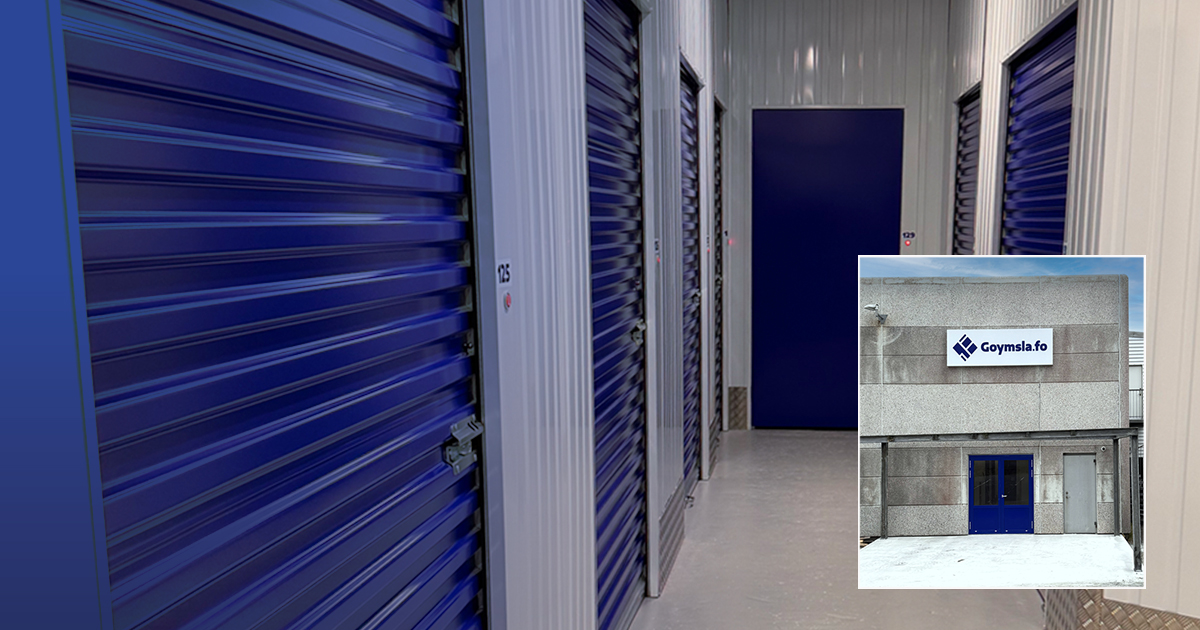With agricultural margins under pressure and uncertainty around subsidies and crop prices, many farmers are seeking new ways to generate reliable, year-round income from their land and buildings. One of the most effective — and increasingly popular — diversification strategies is converting farmland into a self storage business.
Self storage typically offers low overheads, predictable returns, and growing demand from both residential and commercial customers, in both rural and urban areas. This guide walks you through the key steps to turn your farm into a profitable self storage operation.
Step 1: Assess Your Land and Buildings
Start by reviewing what assets you already have:
• Unused barns or sheds – These can be converted into indoor storage units.
• Open land – Ideal for container storage or new build facilities.
• Access roads and utilities – Ensure vehicles can access the site and utilities are available if needed.
Step 2: Research Local Demand
No matter how suitable your land is, success depends on demand. Research:
• Local competition (other storage sites, pricing, occupancy)
• Population trends and housing developments nearby
• Commercial businesses that may need storage (e.g., tradespeople, e-commerce)
You can also run a feasibility study to assess expected returns.
Step 3: Understand Planning Permission Requirements
Most farms will need change of use planning permission to operate a self storage facility — especially if you’re converting agricultural buildings or erecting new structures.
Contact your local planning authority or work with a planning consultant familiar with rural commercial development.
Step 4: Choose the Right Storage Format
There are three main options for self storage on farmland:
• Indoor storage (converted barns or buildings)
• Container storage (on hardstanding or gravelled land)
• New build facilities (custom-designed with partitions and access control)
Each has different cost implications and earning potential. Many farmers start small (e.g., 10 containers) and scale up as demand grows.
Step 5: Partner with a Trusted Self Storage Supplier
Working with an experienced supplier can fast-track your project and help avoid costly mistakes. Look for providers who offer:
• Modular unit installations
• Container conversions
• Security systems (CCTV, access control, smart entry)
• Site layout planning
💡 Looking for expert advice? Contact our team for a free consultation.
Step 6: Set Up Smart Access and Security
Security is a top concern for customers. Equip your facility with:
• High-quality doors and locks
• CCTV and lighting
• Smart access systems (e.g., Nokē keyless entry)
These not only protect your investment but also create a modern, premium experience — helping you charge more per unit.
Step 7: Market Your Self Storage Business
Create a local marketing plan including:
• Google Business Profile for local SEO
• Roadside signage on your land
• Facebook and local ads
• Partnering with estate agents and tradespeople
Final Thoughts: Turning Land into Long-Term Income
Self storage is one of the most resilient and scalable farm diversification options. With careful planning, the right partner, and a solid marketing strategy, you can transform underused farm assets into a profitable and relatively low-maintenance income stream.
To see a real-life success story, check out the “From Farming to Self Storage” podcast episode featuring our customer Philip Halhead, a third-generation UK farmer who established Norbreck Self Storage.
Ready to take the next step?
✅ Download our free Self Storage Startup Guide
✅ Book a no-obligation consultation with our expert team






